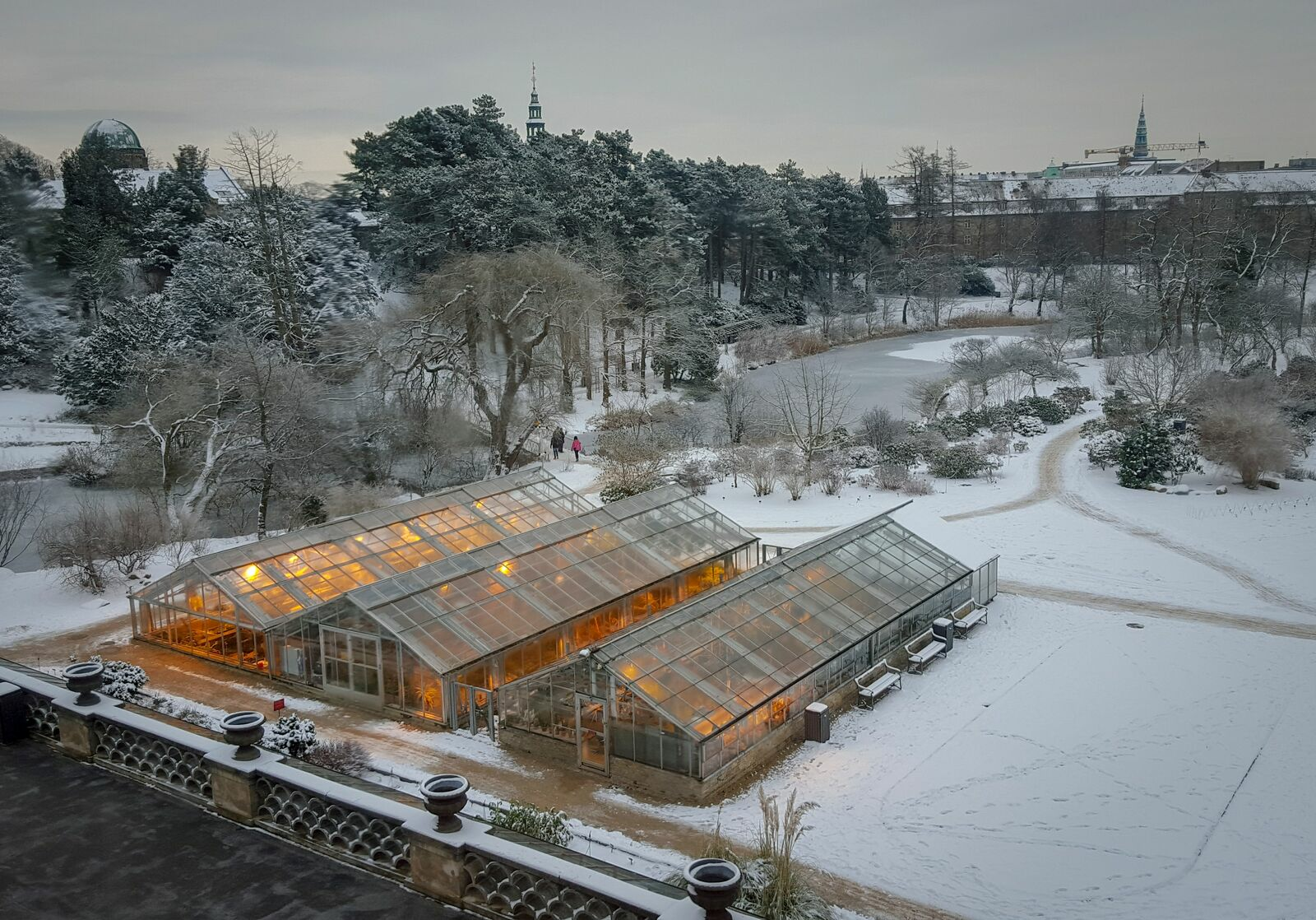
What to Grow in a Greenhouse in Winter?
In a greenhouse, you can extend the growing season, grow young plants and provide potted plants with a warm place to protect them from frost. Here you can find out how to winterize heated and unheated greenhouses and which vegetables you can grow in a greenhouse in winter. We have also prepared a planting plan for your greenhouse in winter.
This Article Contains:
- Growing in the Greenhouse in Winter
- Using a Heated Greenhouse
- Using an Unheated Greenhouse in Winter
- Preparing the Greenhouse for Winter
- Plants for the Greenhouse in Winter
- Growing Rocket Under Glass
- Planting Carrots in the Greenhouse
- Planting Lettuce in the Greenhouse
- Growing Broccoli in a Greenhouse
- Planting Kohlrabi
- Pak Choi for Winter Cultivation
- Planting in the Greenhouse: Your Planting Plan
- More Ideas for Your Greenhouse: Your Planting Plan
- Frequently Asked Questions About Growing in a Greenhouse
Quick Overview
Winterize Heated and Unheated Greenhouses:
- Clean the roof and walls
- Apply special bubble wrap or bubble wrap on the outside or inside
- Check the insulation of supply lines and seals on doors and windows
- Prevent excessive humidity and condensation through ventilation
Suitable Plants for the Greenhouse
- The advantage is that plants are protected from wind, moisture and strong temperature fluctuations
- Any vegetable that can be grown outdoors in winter can also be grown in a greenhouse
- Examples of suitable vegetables are broccoli, rocket, lettuce, kohlrabi, but also the typical representatives of cabbage, leeks, carrots and beet
Growing in the Greenhouse in Winter
You can use a greenhouse to grow vegetables all year round. The higher temperatures in the greenhouse allow you to start some crops earlier and you can also plant numerous crops over the winter that would otherwise be too cold.
The Right Location for Your Greenhouse
Since you certainly know your garden well, decide which area receives the most winter sunlight. You should also consider the shade cast by houses, trees, hedges and fences. If the greenhouse is too open, the wind will constantly blow around and a damp location will also cause cold due to evaporation. Once you have found the right location for your greenhouse, you can set it up facing east-west.
Lean-to greenhouses are not suitable for use in winter. They do incur lower energy costs because they are located directly next to the house, wall or garage. However, winter vegetables often do not get enough sunlight there. The location is therefore extremely important for using the greenhouse in winter.
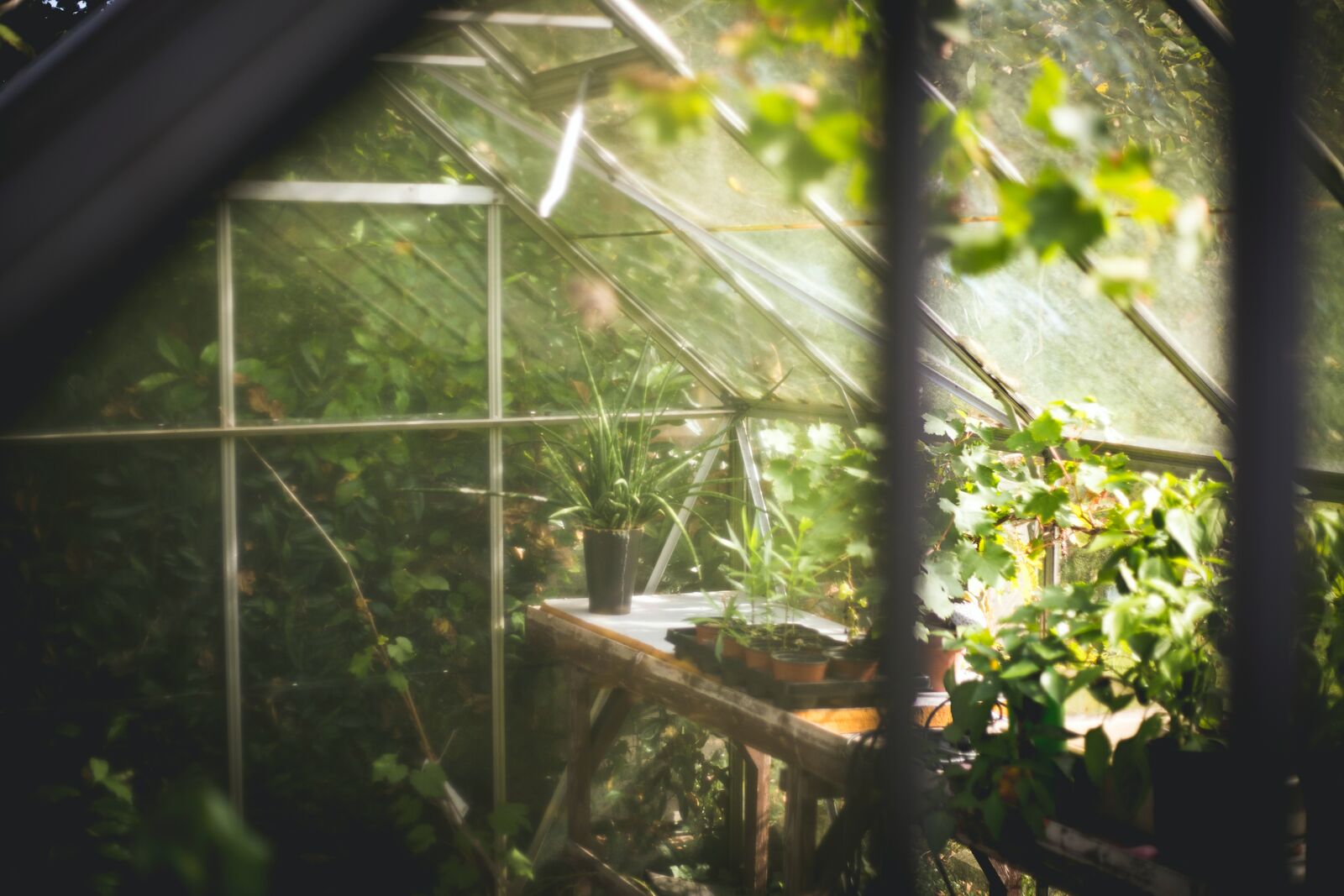
Using a Heated Greenhouse
If you decide to heat the greenhouse, the walls should either be made of insulating glass or at least 16 mm/0.6 in thick double-walled sheets. There are various heating systems. Hot water pipe heating systems are operated from the house heating system or by electric or gas boilers. They have a low temperature output and ensure slow heat distribution, which the plants like. Theoretically, you can also use special plant and grow lamps for cultivation. They increase the growth of young plants and seeds germinate faster.
Using an Unheated Greenhouse in Winter
Greenhouses usually consist of an aluminum frame and either foil, glass or twin-wall sheets. The latter have the best insulating effect and are also stable. However, foil greenhouses can also be used in winter. Foil greenhouses and smaller foil tunnels are constructed with stainless steel tubes inserted into the ground and special horticultural foil (UV-stable, heat and cold resistant). Of course, all greenhouse types can also be constructed by yourself.
Insulating an Unheated Greenhouse
There are several ways to ensure that the temperatures in the greenhouse do not drop too much in winter. You can extend fabric panels made of translucent material if it is too cold. They reduce the volume of the greenhouse and therefore also the heating costs. Special bubble and bubble wrap designed for use in greenhouses can be attached to the inside or outside of foil, glass or plastic houses for insulation. They are only used in winter and maintain a higher temperature, even without heating the greenhouse.
Preparing the Greenhouse for Winter
Now you already know some of the basics for using your greenhouse effectively all year round (even in winter). As soon as the last tomatoes in the greenhouse have been harvested, you can start preparing for the winter. Cleaning the roof and walls of the greenhouse provides more sunlight inside during the darker months. You don't need to fertilize, as most plants will grow slowly or not at all due to the lack of light and heat. Doors and gutters should also be well sealed. For heated greenhouses, good insulation of the supply lines is important.
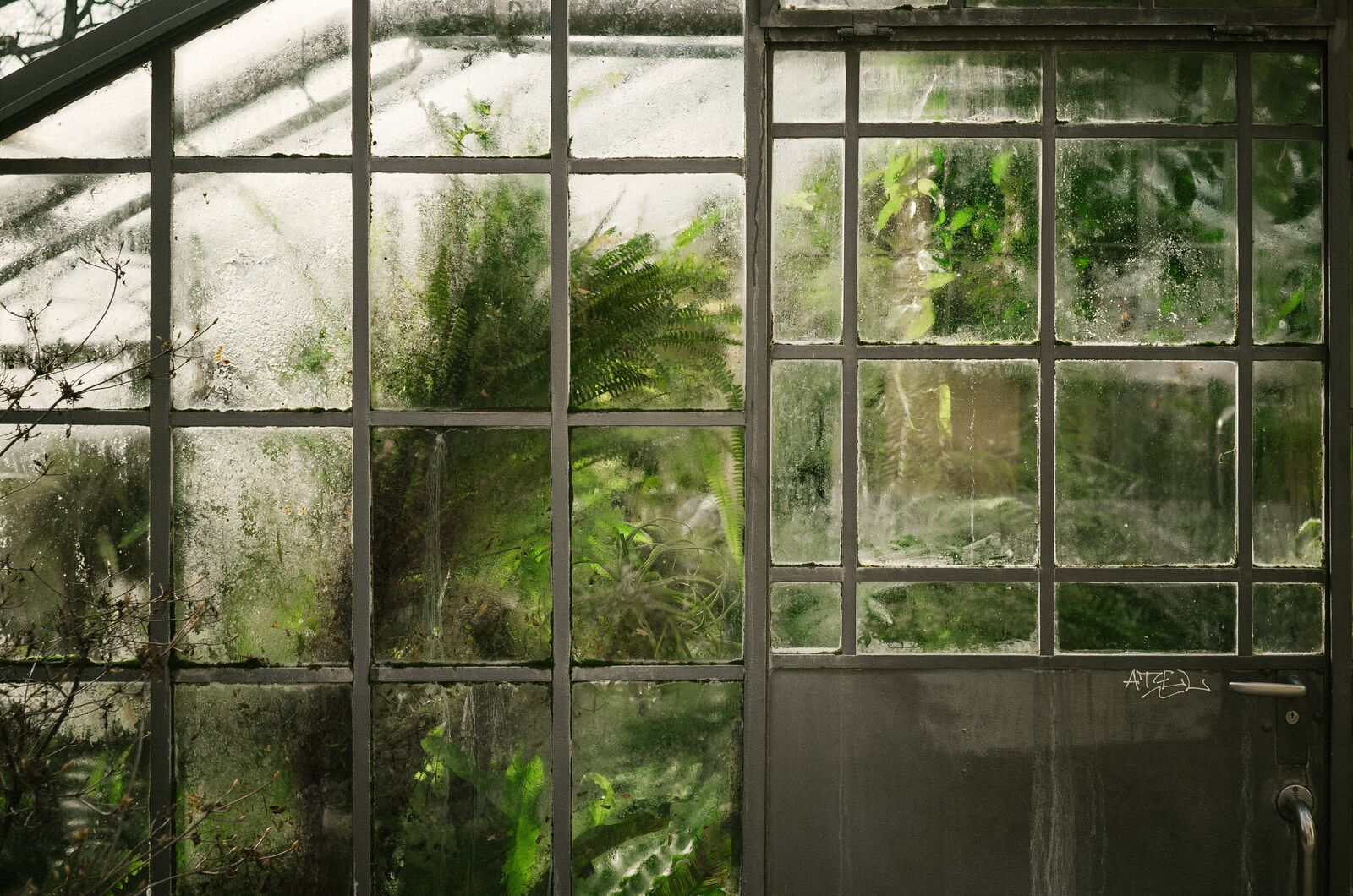
Plants for the Greenhouse in Winter
Basically, you can also make wonderful use of the space in the greenhouse in winter and grow all types of vegetables there that also grow outdoors in winter. The variety is often wider than the winter vegetables that first come to mind: endives and chicory, garden salads, salad herbs and specialty salads (such as winter postelein), aromatic herbs, many members of the cabbage family, spinach, root and tuber vegetables and onion and leek vegetables.
The advantage is that the greenhouse protects the plants from wind and moisture. You can overwinter plants in the greenhouse as young plants. These will be ready to harvest more quickly in spring. Greenhouses are also ideal for growing and overwintering potted plants. The warmth means you can start about two to four weeks earlier than outdoors. However, pay attention to the light supply, as the days get shorter and shorter in winter. Below is an overview of a few crops that you can grow in a greenhouse in winter.

Want to Plan Your Greenhouse?
With our bed planner, you can easily plan a colourful mixed crop. Good and bad companion plants are displayed directly and you get tips on crop rotation!
Plan Mixed Culture NowGrowing Rocket Under Glass
Both outdoors and in greenhouses, the decisive factor in winter is often not the temperature, but humidity. Greenhouses have the advantage that the temperature is higher (even in unheated greenhouses) and moisture evaporates more quickly. In addition to the location, ventilation is the key factor here. High humidity or even condensation are particularly bad for lettuce and rocket and must be taken into account when growing under shelter.
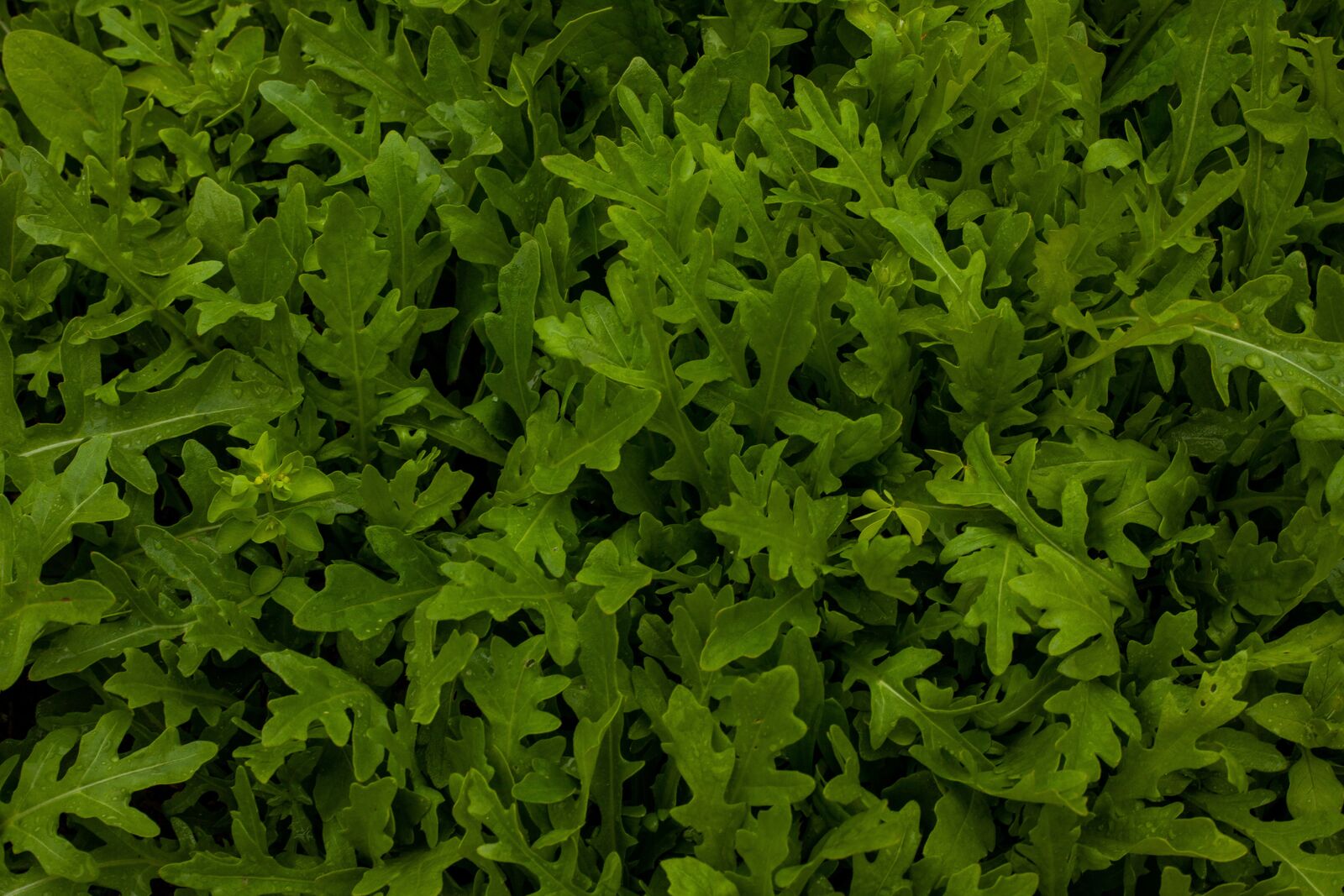
In winter, the taste of Rocket is usually milder than in the summer months. A distinction is made between true rocket (Eruca sativa) and wild rocket (Diplotaxis tenuifolia). The latter can also grow well outdoors and is quite undemanding. The wild rocket, on the other hand, feels more at home in your greenhouse. The first set of rocket for the winter is sown as direct sowing towards the end of September. As the plants always struggle with a lack of light in winter, it is important that you follow the recommended sowing density. Harvesting for the winter begins in December and you can simply cut off individual leaves at any time. From February onwards, the plants will wake up much more quickly.
Planting Carrots in the Greenhouse
Carrots are native to Central Europe and therefore cope well with cold temperatures. While piling up and covering with straw is recommended outdoors, you can usually do without this in the greenhouse. You can now find a wide variety of different colors when choosing a carrot variety for your garden. For harvesting over the winter, it is best to choose varieties that are also suitable for late fall or spring. Here it is particularly important to avoid heavy fertilization, as otherwise the vegetables will become deformed and more likely to be attacked by carrot flies.

The seeds are sown in early to mid-August. This gives the plants enough time to grow to around 15 to 20 cm/5.9 to 7.8 in tall with more sunlight. By leaving them in the bed, the taste can also change to sweeter root vegetables. Another option is to grow the carrots so that they ripen in April as spring vegetables. To do this, they are sown in September and the young crop is then covered with straw or leaves.
Planting Lettuce in the Greenhouse
Lettuces include a whole range of species and varieties that differ in terms of color, leaf shape and growth habit. Lettuces are particularly frost-hardy as young plants and are therefore very suitable for growing in winter. When selecting varieties, it is best to choose those that are recommended for growing in the fall and spring.
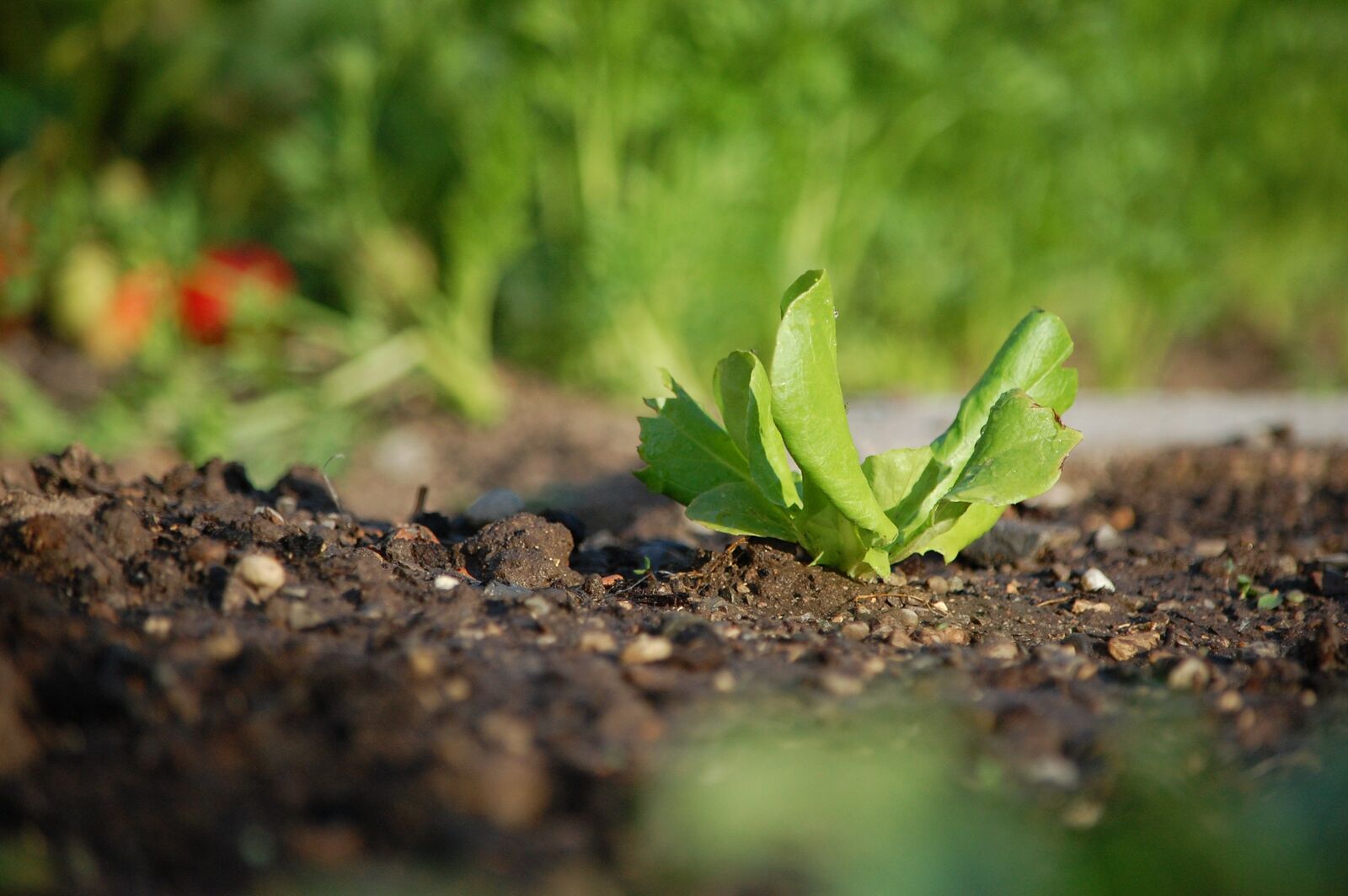
For overwintering cultivation in the greenhouse, you should sow the seeds at the end of September/beginning of October and then plant them out in mid-October to early November. This is the ideal time for the lettuce to develop a sufficiently deep root system. Ensure sufficient plant spacing (20 x 20 cm/7.8 x 7.8 in to 25 x 25 cm/9.8 x 9.8 in) to avoid lettuce rot. The humidity must never be too high, so remember to ventilate and only water every four to six weeks.
Growing Broccoli in a Greenhouse
Broccoli is only frost-hardy to around minus six degrees Celsius and should be covered with garden fleece in the open when frost occurs. With late broccoli sets, a harvest is possible until November or even December. To do this, sow the seeds in mid-July and allow them to grow into young plants for four weeks after pricking out. Broccoli is a heavy feeder and you should take a cultivation break of three to four years. Make sure that the broccoli heads get enough light, otherwise they will turn yellow. Broccoli is good for your health and therefore great for winter cooking, but you cannot store the harvest and should prepare it straight away.

Planting Kohlrabi
Kohlrabi has a short development period and is by no means just a spring vegetable, but is also suitable for growing in winter. In the greenhouse, this plant from the cabbage family can withstand temperatures as low as minus ten degrees Celsius. Of course, this vegetable is also happy to be protected from wind and precipitation. For the winter harvest, you should start sowing in mid-July. The plants need a regular supply of water as the tubers form. From the end of October, however, you should water sparingly to prevent the tubers from bursting. You can also prevent fungal diseases in this way. Kohlrabi is then harvested between November and the end of December and can be stored well (after you have removed the leaves). After that, the bulb becomes too woody and the taste deteriorates.
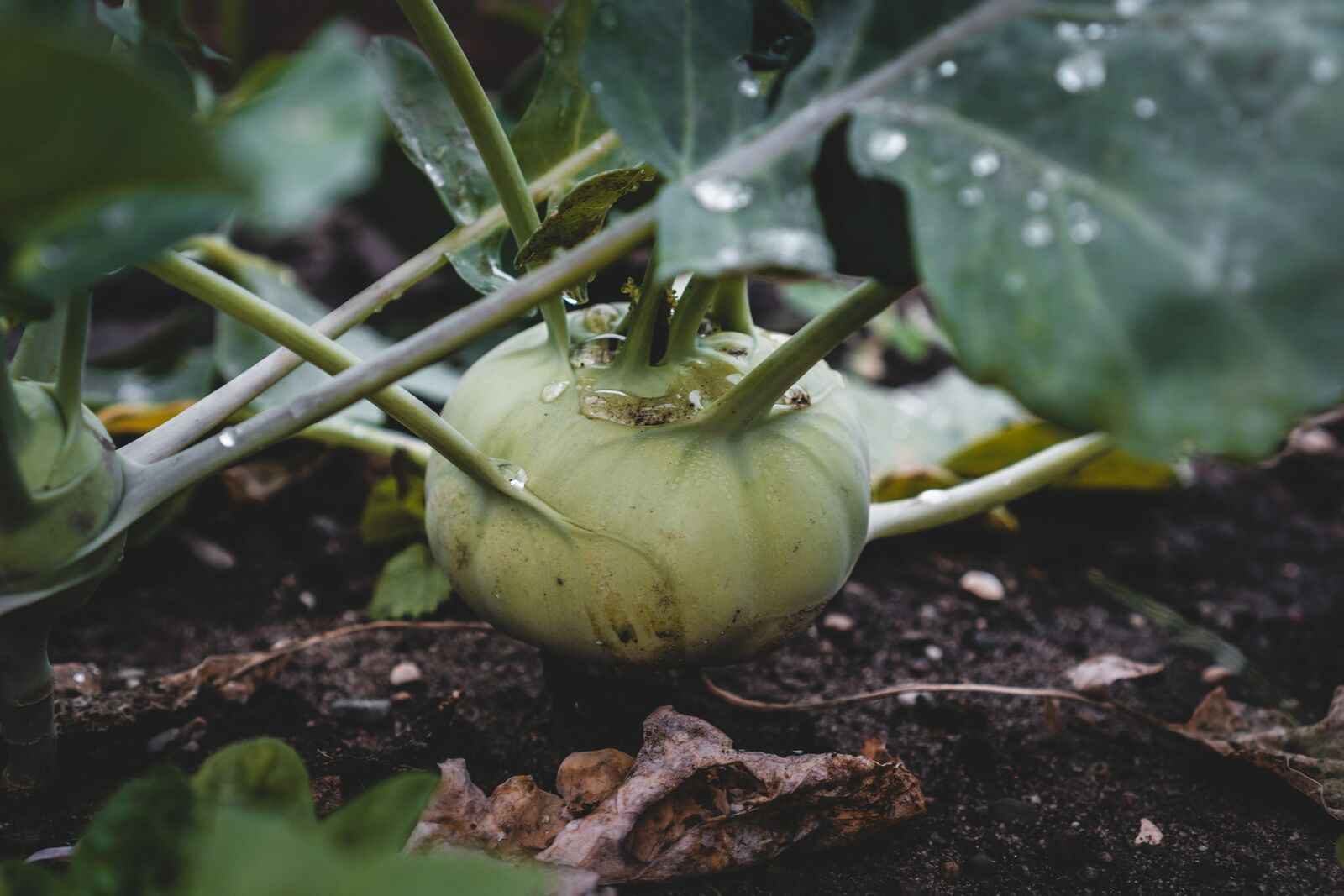
Pak Choi for Winter Cultivation
Pak choi is a leafy stalk vegetable and belongs to the cabbage family, but only has a mild cabbage flavor. Even though the plant is frost-resistant, growing it in a greenhouse has a positive effect on plant health. You can choose between white and green-stemmed varieties. They can be harvested just seven to eight weeks after sowing. The leafy stem vegetables are grown from the end of August to the beginning of September (preferably by direct sowing) and harvested from November. The harvesting phase should end in February, as it then becomes too warm and there is a risk of bolting.
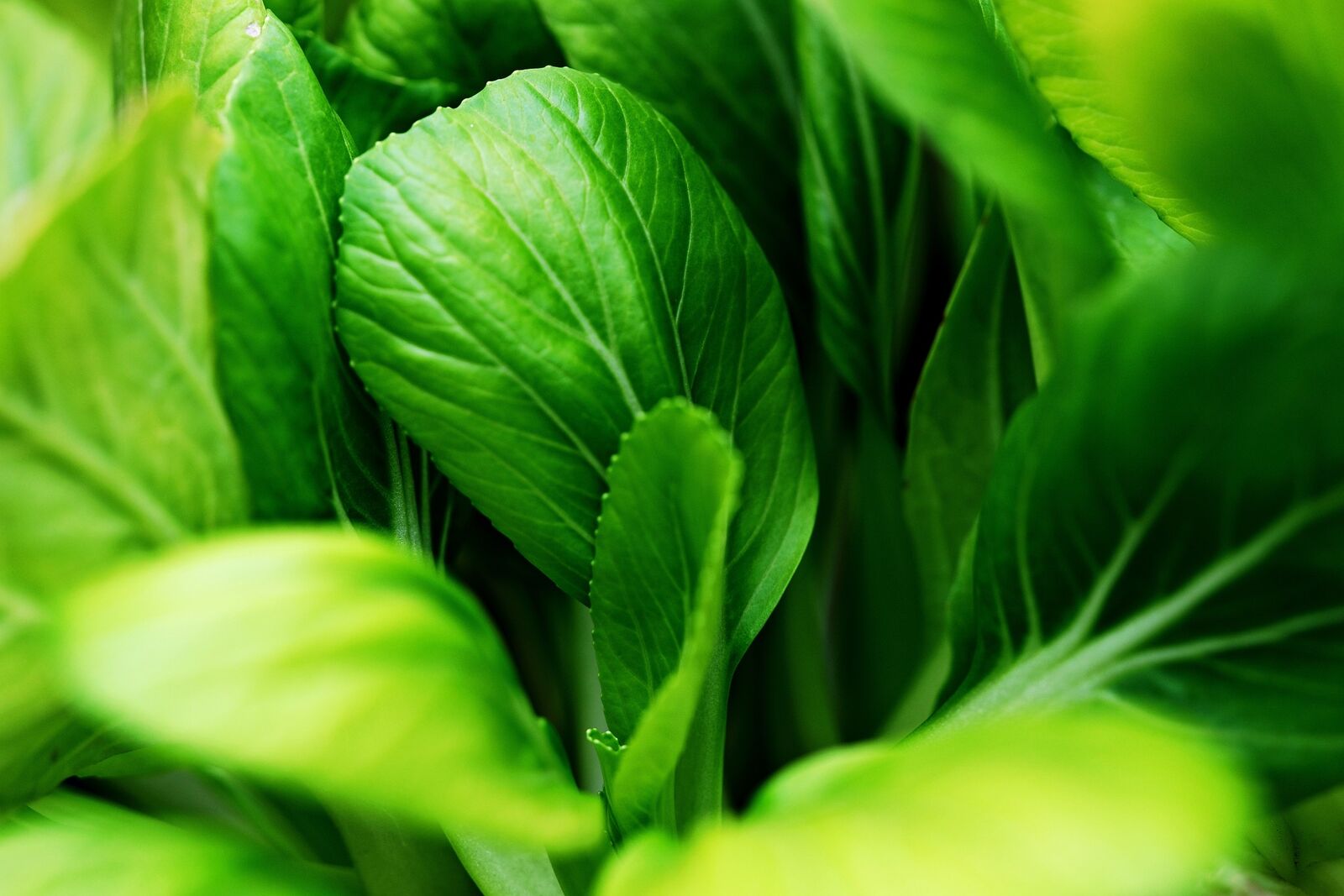
Planting in the Greenhouse: Your Planting Plan
In a well-insulated or heated greenhouse, you can still grow some vegetables in winter. We have prepared a planting plan for you as inspiration.
This Is What Your Greenhouse Could Look like in Winter:

With this planting plan, you have a large selection of different vegetables and salads even in winter. Robust lettuces such as rocket, winter postelein, lamb's lettuce, endive, Asian lettuce, chicory, raddichio and some garden lettuces can be sown and harvested fresh until the following year. If you want to harvest faster, you can also plant young plants instead. You can also plant kohlrabi, broccoli and tat soi (baby pak choi). It's best to start preplanting young plants for this in July/August. Carrots, daikon, celeriac, celeriac, turnips (don't be confused by the name, you can also sow them much earlier in a greenhouse) and beet can be sown directly in the greenhouse. These plants prefer to be sown directly and do not tolerate transplanting so well. You can also sow spinach, peas, chard and various herbs such as coriander, parsley, dill and chives.
More Ideas for Your Greenhouse: Your Planting Plan
We have some templates for mixed cultivation in the greenhouse, here you will find inspiration and ideas!
Do you want to get helpful gardening tips all year round and plan your own beds in the best possible way? Then register here or download the Fryd app for Android or iOS download.
Fryd - your digital bed planner
Cover image: Photo by Åsmund Arup Seip on Unsplash

Emilie
Emilie is studying agricultural sciences at the University of Hohenheim. She finds it fascinating how closely nutrition and health are connected and exciting which wild plants you can eat.
Learn MoreCurrent Topics in the Community

Liked 1 times
The chickens are not happy about the cold weather.
Show 1 answer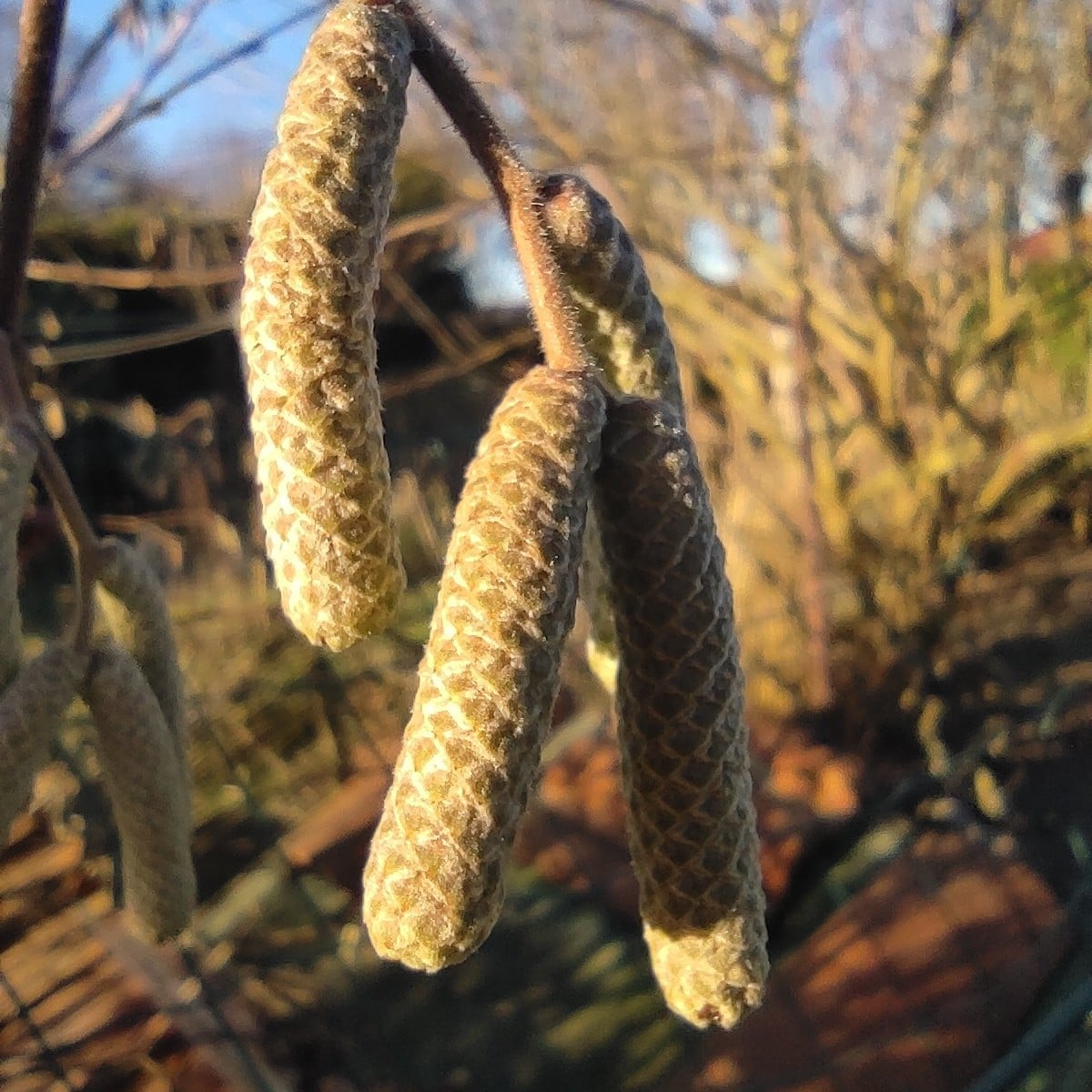
Without words
Show 1 answer
Liked 4 times
It may have actually worked with the shiitake smuggled into the fallen birch tree in our forest 🍄
Popular Articles

Overwintering Parsley: How to Do It Successfully

How to Grow Lettuce in Winter: Varieties, Sowing, Harvesting

Growing Sage Plant: Tips for Sowing and Harvesting

What Herbs Can Be Planted Together?

Create & Design a Permaculture Garden

Overwintering Plants: Tubs, Pots and Raised Beds

Pruning, Fertilizing & Propagating Currants: Care Tips

Pruning Raspberries: How to Do It

Vegetable Garden With Greenhouse: How to Use Greenhouse Effect

Winterizing Beds and the Garden: How to Do It
FAQ
Why should you grow vegetables in a greenhouse in winter?
It protects plants from cold, wind and moisture and extends the growing season.
Which vegetables are suitable for growing in a greenhouse in winter?
Suitable vegetables include broccoli, rocket, lettuce, kohlrabi, leek, carrots and beet.
How do you prepare a greenhouse for winter?
Cleaning the roof and walls, applying insulating foil, checking seals and regulating humidity through ventilation.
When is the best time to sow winter vegetables in the greenhouse?
The timing varies depending on the vegetable variety, but is usually in late summer to early fall.